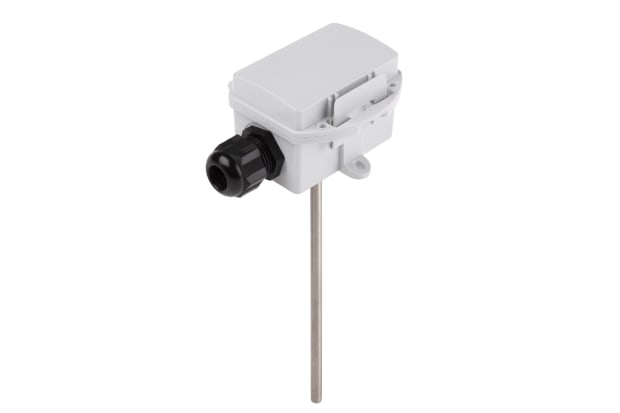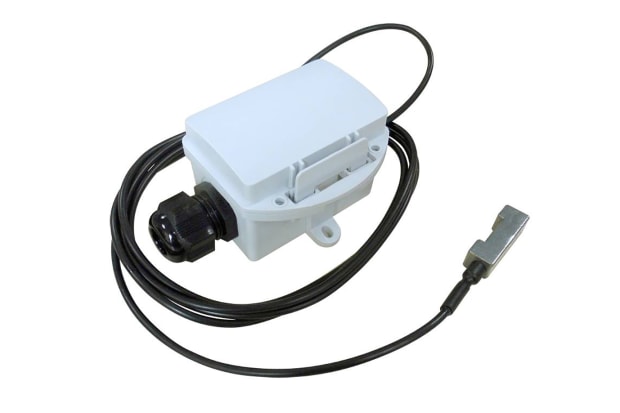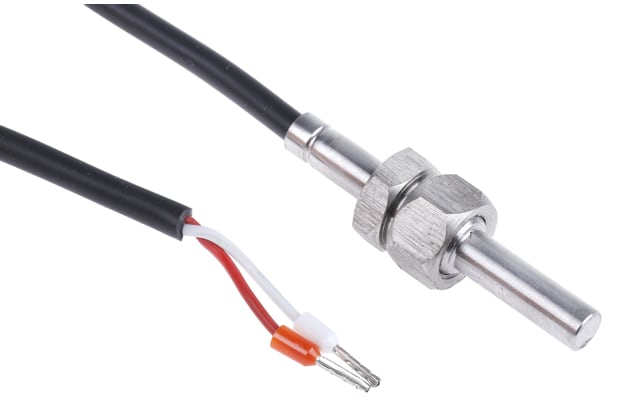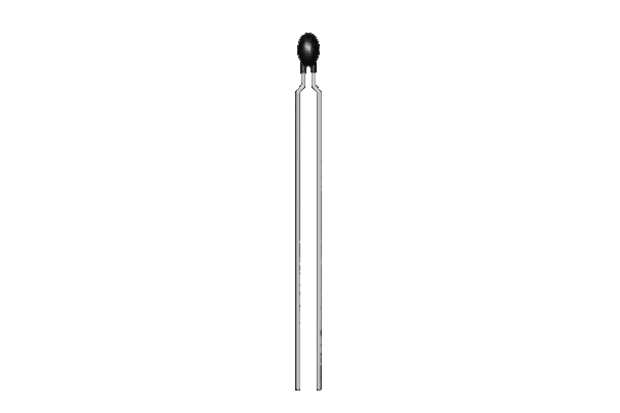- Published 9 Apr 2024
- Last Modified 9 Apr 2024
- 3 min
Understanding Thermistors: Types, Applications, and Calibration in New Zealand
Essential to the regulation of current in devices that change temperature, thermistors are everywhere in industrial appliances.

What is a Thermistor?

Thermistors are a crucial component in the world of electronics, used to measure and regulate temperature in a variety of devices. The word "thermistor" is a combination of "thermal" and "resistor", which accurately describes its function as a temperature-sensitive resistor.
In this article, we'll explore the role of thermistors in New Zealand, the types of thermistors available, their applications, and how they are used in various industries across the country.
Types of Thermistors
Thermistors come in two main types - Negative Temperature Coefficient (NTC) and Positive Temperature Coefficient (PTC).
What is an NTC Thermistor?
NTC thermistors exhibit a decrease in resistance as temperature rises, making them ideal for applications that require precise temperature monitoring and control.
In New Zealand, NTC thermistors are commonly used in industries such as food and beverage, HVAC (Heating, Ventilation, and Air Conditioning), and automotive.
What is an PTC Thermistor?
PTC thermistors, on the other hand, have the opposite effect. They experience an increase in resistance as temperature rises. This unique characteristic allows PTC thermistors to be used in applications such as overheat protection and current regulation.
In New Zealand, PTC thermistors are often employed in devices like heaters, electronic circuits, and power supplies.
How Do Thermistors Work?

The operation of a thermistor is based on the principle that the electrical resistance of certain materials changes in response to temperature variations.
As the temperature around the thermistor changes, the resistance of the thermistor changes as well. This change in resistance affects the current flowing through the circuit, allowing thermistors to be used as sensitive temperature sensors.
What are Thermistors Made of?
Thermistors are typically made from metal oxides, with the specific composition depending on the type of thermistor.
NTC thermistors are commonly made from mixtures of manganese, nickel, and cobalt oxides, while PTC thermistors are often composed of barium titanate or other similar materials.
The sensing element of the thermistor is usually encapsulated in a protective coating, such as epoxy or glass, to ensure its durability and stability.
What Does a Thermistor Do in a Circuit?
In a circuit, a thermistor acts as a variable resistor whose value changes with temperature. When used in a circuit, the thermistor can be used to measure temperature by monitoring the changes in current or voltage.
The thermistor can also be used to control other components in the circuit, such as a heating element or a cooling fan, based on the temperature it detects.
What are Thermistors Used for?
Thermistors are used in a wide range of applications across New Zealand, from industrial processes to consumer electronics.
In the food and beverage industry, thermistors are used to ensure that products are stored and transported at the right temperatures, preserving their quality and safety.
In the healthcare sector, thermistors are used in medical devices and equipment, such as temperature probes and patient monitoring systems.
In the home and office, thermistors are found in appliances like air conditioners, refrigerators, and ovens, where they help to maintain precise and comfortable temperatures.
How to Calibrate a Thermistor
Calibrating a thermistor is a critical step in ensuring its accuracy in temperature measurement.
Thermistors are typically calibrated by comparing their readings to those of a reference thermometer in a controlled environment.
In New Zealand, thermistors are often calibrated in specialised laboratories that adhere to international standards for temperature calibration.
Manufacturers and service providers across New Zealand offer calibration services for thermistors, ensuring that they meet the required accuracy and performance standards.
Popular Brands
Browse related products from RS PRO
Browse related products from EPCOS
Browse related products from TE Connectivity


